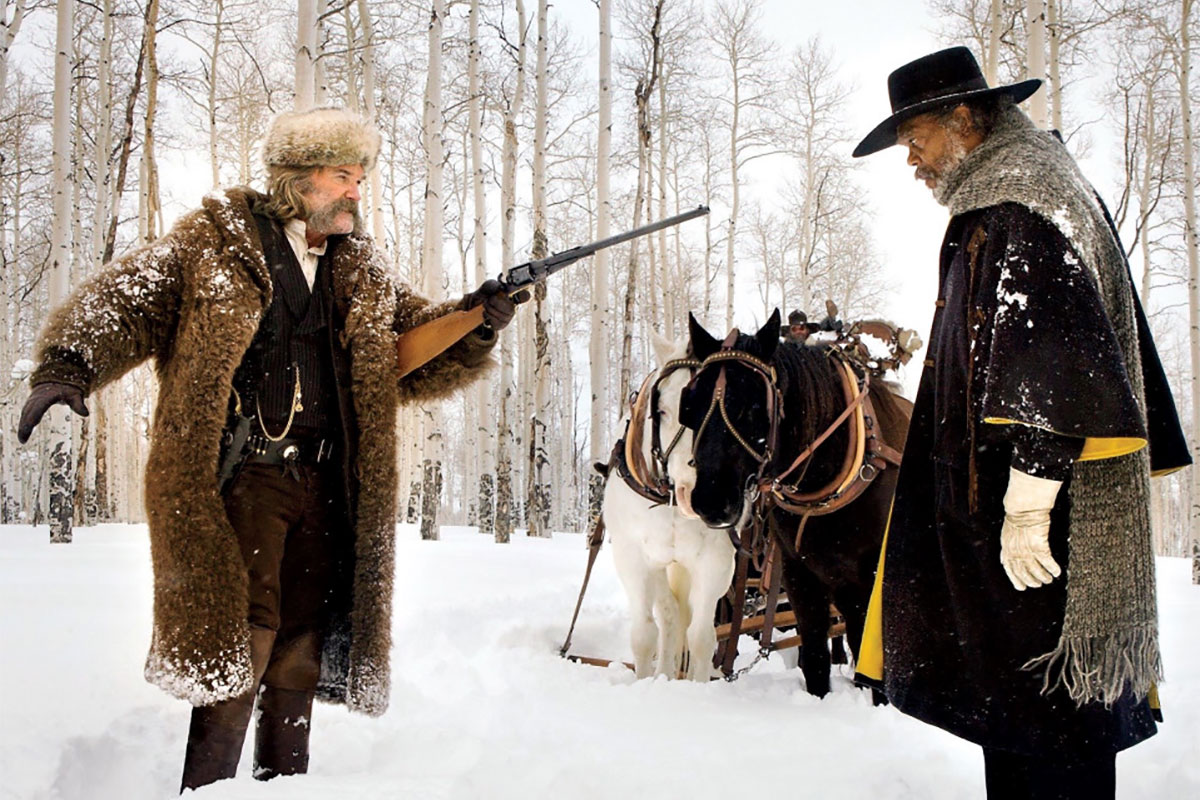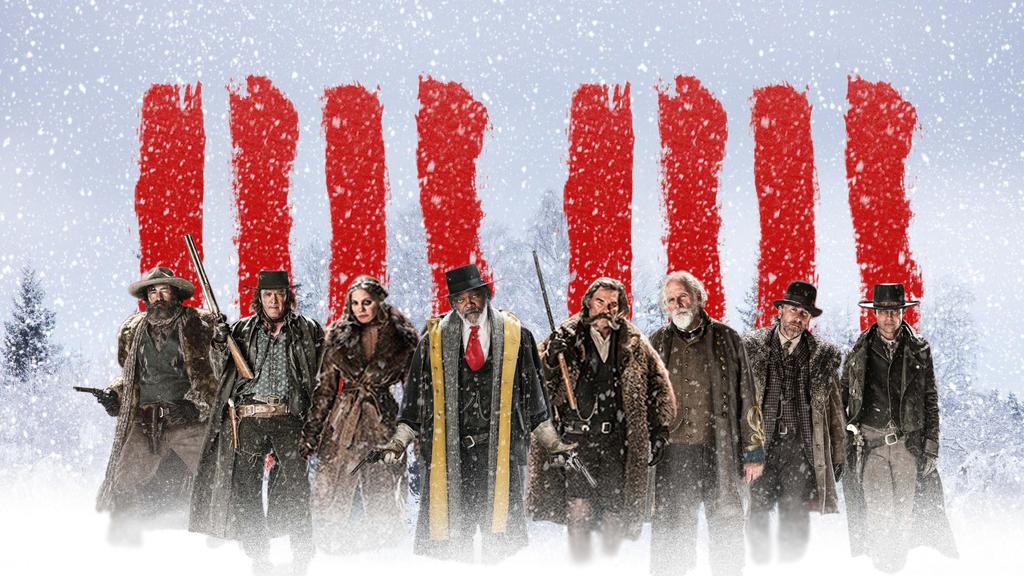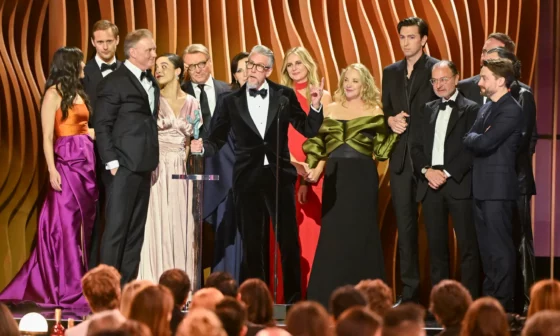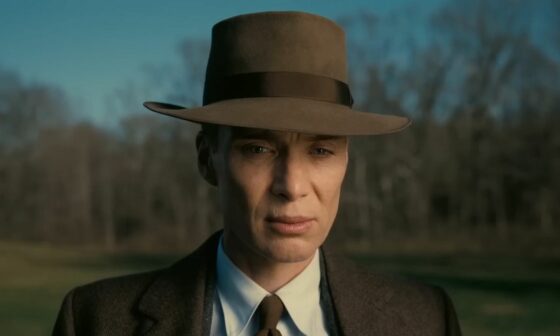
Quentin Tarantino is a brand. You know what to expect from his unique styling and dialogue. However, as his success continues, his need of a brutal editor becomes even more apparent. Yes, the film is too long, but the second act is worth the wait. Tarantino made lots of noise about the use of the arcane Ultra Panavision 70 presentation, last used in the sixties in epics such as Ben-Hur. The format is designed for horizon spanning vistas, so it is a surprise that most of the film takes place inside a shed.
The first act is slow, and almost patience-testing, but ends with what could be Samuel L. Jackson‘s best Tarantino monologue. Suddenly the film grabs you. The Hateful Eight is set after the US Civil War where a group of strangers find themselves stranded in a log cabin during a blizzard.
The opening follows Kurt Russell‘s brutal and tash-tastic bounty hunter, John Ruth, with his bounty in the form of Jennifer Jason Leigh aboard a stagecoach. Leigh relishes the despicable elements of the Daisy Domergue character, often taking a beating for her sharp comments. Samuel L Jackson’s Marquis Warren and Chris Mannix (Walton Goggins) also jump in for the slow opening.
Jackson is the best he has been since his last Tarantino appearance in Django Unchained and Goggins nails the Tarantino brand of comedy. There is plenty of apparently inane chat in the first act that is actually stealth storytelling. When the stagecoach arrives at the log cabin we are then introduced to the rest of the entourage. Tim Roth‘s polite but layered Englishman is a wonderful pastiche of the role recently filled by Christoph Waltz.
The rest of the distasteful octet is formed of the often monosyllabic ‘The Mexican’ (Demian Bichir), the underused cowpoke Joe Gage (Michael Madsen) and Confederate General Smithers (Bruce Dern). It is essentially a western Reservoir Dogs but not as tight and dynamic. The film builds to moments of unease and atmospheric dread comparable to John Carpenter‘s The Thing, no-one on the cast list is safe.
As expected the major Tarantino tropes all feature including timeline shifts, chapter headings and a gloriously violent final flourish. A Tarantino voiceover introduces some chapters, which is slightly jarring, but seeks to elevate the level of tension. The tension is also mounted with the sparing but effective use of Ennio Morricone‘s score. The 3 hour running time still remains a big sticking point but the slow introduction of the characters does enhance the tension of the second act.
The discussion of racism and guns draws clear modern day parallels, but any message is lost when the violent final third kicks in. The Hateful Eight is on par with Inglorious Basterds and Django Unchained and is rammed full of the enjoyable Tarantino brand of tropes. The slow build up delivers a spectacular finale, but the same effect can be achieved with a far less self-indulgent running time.
#Peace.Love.TheHatefulEight







